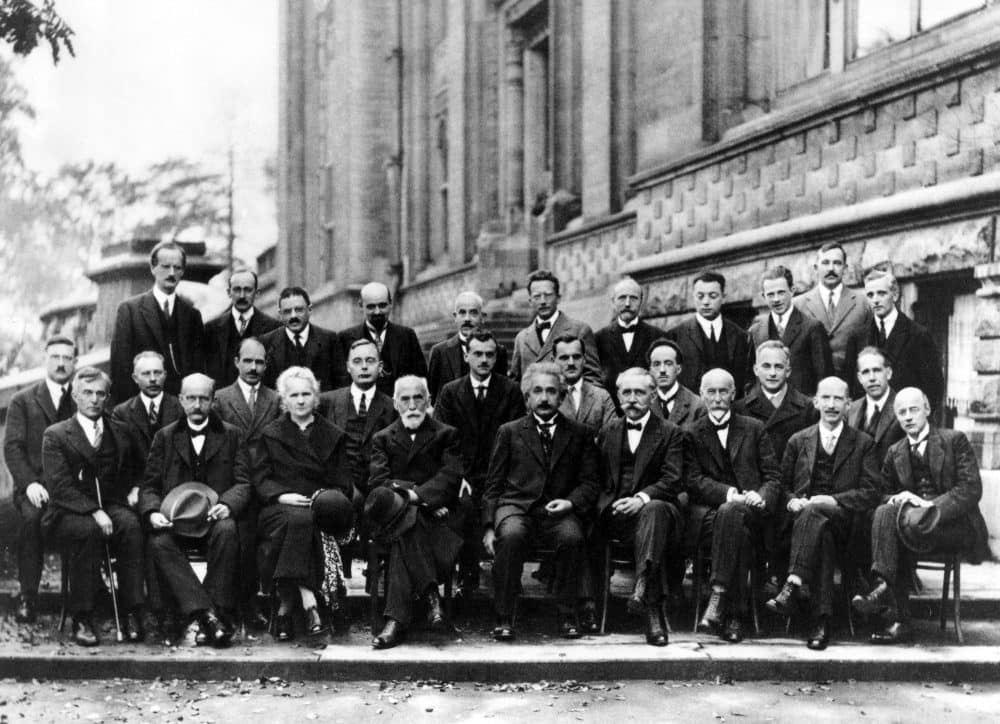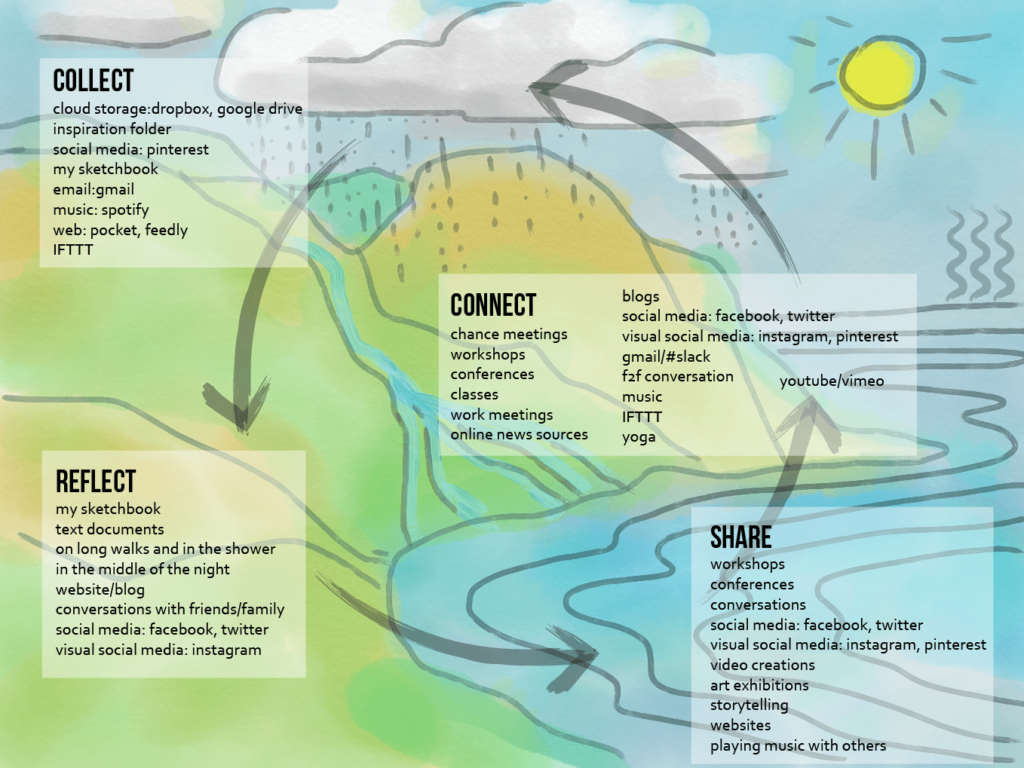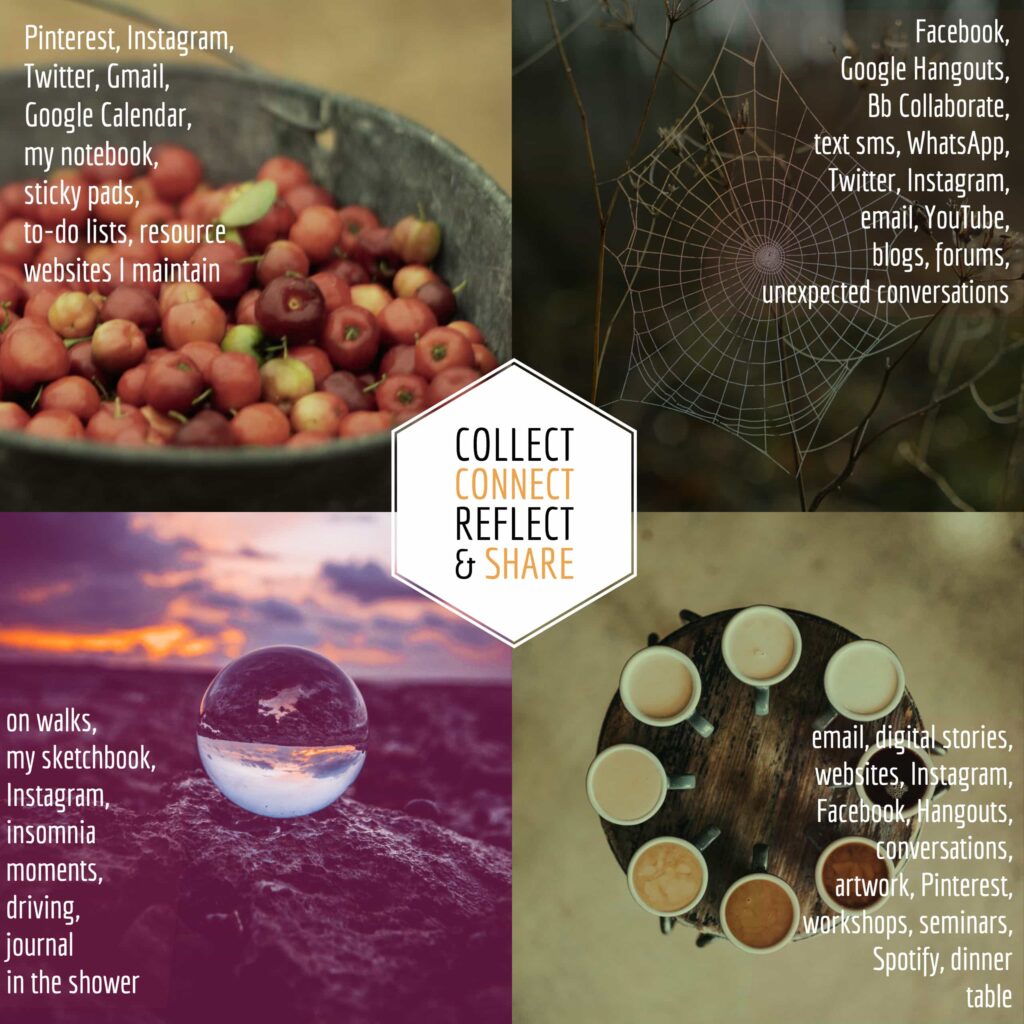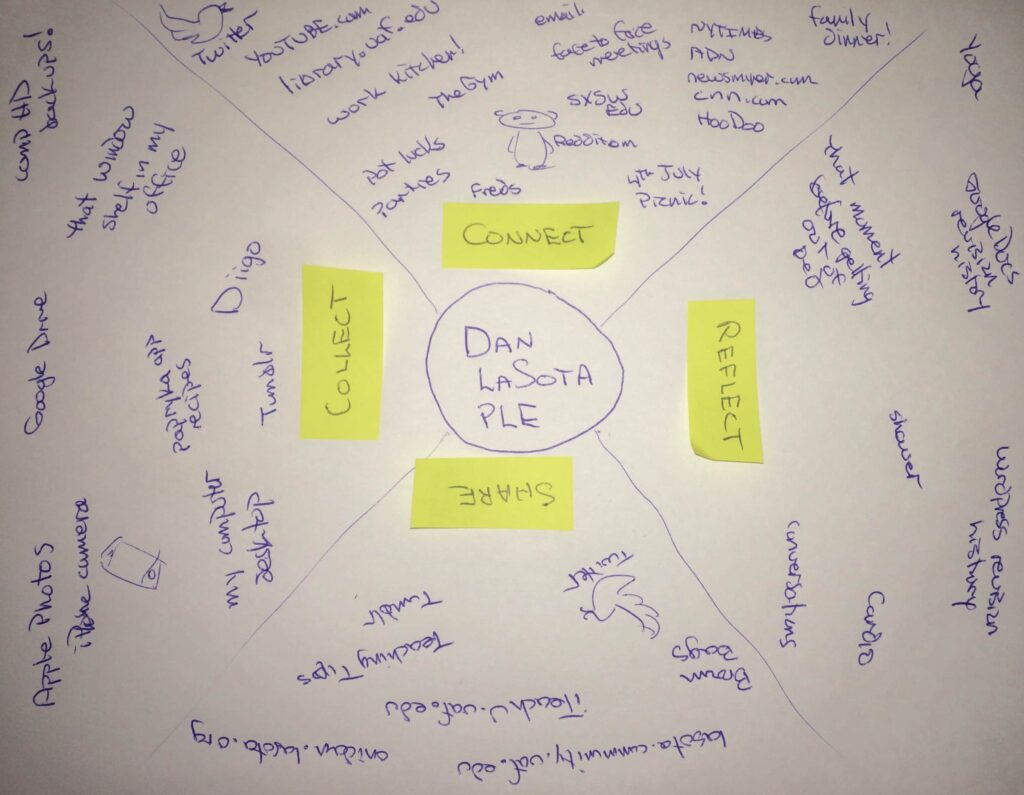Personal Learning Environments
An organizational and practice based concept for evaluating and improving the way individuals learn.
After the advent of web 2.0, (interactive, responsive, and user editable web content) the possibility of conducting academic course work online began to become more feasible. One approach was provided by the rise of Learning Management Systems. These systems provided the online equivalent of managed classrooms in the traditional university setting. At the same time the thriving market place produced a swarm of social media apps, journaling sites, cloud storage and different means to share with others.
A great collaboration began. As new apps and technologies appeared they each had champions, people who were first wave users. These early adopters explored a variety of apps for a multitude of uses. Prestige and social currency were gained by ‘discovering’ new tools and sharing them with others. But some educators realized was that learning shouldn’t necessarily be tied to any specific vendor or app, instruction had now entered a time of constant change, and the the best way for one to learn is to create a personalized learning space with guidance from peers and mentors. If institutions were going to educate the 21st century learner, then those students would have to be taught how to effectively use the new technologies as a means to learning and not as an end goal.
Educators began to use terms like “Personal Learning Networks” and “Personal Learning Environments” (PLE). It became vogue to diagram one’s learning space. A functioning PLE was meant to go beyond the static borders and functionality that Learning Management Systems provided. Other factors which contributed to the PLE was the rise of social networking, mobile computing devices and the increased access to traditional media via the Internet.
It is important to note that while many of the sources within a PLE have roots in networks and apps, much of what makes PLEs successful are metacognitive processes, human communication and purposeful daily routines. It is also important to note the personalized nature of a PLE. Whether by purposeful choice, or happenstance, people each have different PLEs. The usefulness of the PLE concept comes into play when people evaluate how they obtain, store, think about and share information. When people decide that their PLEs are not adequate for their educational goals, they can decide how to augment them.
The most effective PLE for an individual will be one that is well curated, easily accessible, reviewed often and discussed with other members of one’s learning community. These broad based components can be remembered using these active verbs: connect, collect, reflect and share.

Connect
The act of connecting to information can be as simple as reading from a favorite news site, listening to certain podcasts, or talking to particular people. But it also can entail the manner in which one searches for information. One can decide to find information using a single web search engine, or multiple, or none at all. One can use libraries, social media or conferences.
Collect
When one collects information where does it go? Generally people can’t remember everything they come into contact with. If one came across a useful video tutorial how would it be archived? If a person began to review several dozen tutorials, how would they be distinguished from each other? How would they be retrieved months or years later? Where does one store this information? Are copies of the information stored in different places?
Reflect
We seek information because it is useful, it helps us grow intellectually, it challenges us. If one only momentarily glances at a data source how is it evaluated in terms of already acquired knowledge? How can it be improved? Does it contradict something else already known? How can it be improved? Should it be refuted in whole or part?
Share
No man is an island, or so the saying goes. What good does it do to consume and evaluate information without sharing or publishing it? Sharing knowledge is part of being human, it’s part of giving back to a community, and in some cases it’s part of one’s job function.
These elements, Connecting, Collecting, Reflecting, and Sharing, comprise the PLE. Single instances of these parts can be processes, tools, methods, interactions, or applications. Many parts of the PLE involve interacting with people In order for these facets of the PLE to become fully developed the owner of a PLE must make purposeful choices. They must continually evaluate what works and what needs to be improved.
PLEs in the Classroom
- Instructors can use the PLE concept to evaluate their own learning practices against professional and intellectual demands
- Instructors can model their own practices for students who need to learn best ways to learn of new and trending information in a field.
- Students can diagram their PLE, and share with others in class. At a later date, the exercise can be revisited and students can compare the growth of their PLE.
Considerations for Online Courses
- At what point in the curriculum would the PLE concept best be presented to students?
- How could learning activities that follow the introduction of the PLE concept benefit from this metacognitive thinking?
- What kinds of prompts and questions best trigger reflection about one’s PLE efficacy?



Research Foundations
- Kop, R. (2011). The challenges to connectivist learning on open online networks: Learning experiences during a massive open online course. The International Review of Research in Open and Distributed Learning, 12(3).
- Laakkonen, I. (2015). Doing what we teach: promoting digital literacies for professional development through personal learning environments and participation. In J. Jalkanen, E. Jokinen, & P. Taalas (Eds.), Voices of pedagogical development — Expanding, enhancing and exploring higher education language learning (pp. 171-195). Dublin: Research-publishing.net.
- MarÃn Juarros, V., Salinas Ibáñez, J., & de Benito Crosetti, B. (2014). Research results of two personal learning environments experiments in a higher education institution. Interactive learning environments, 22(2), 205-220.
